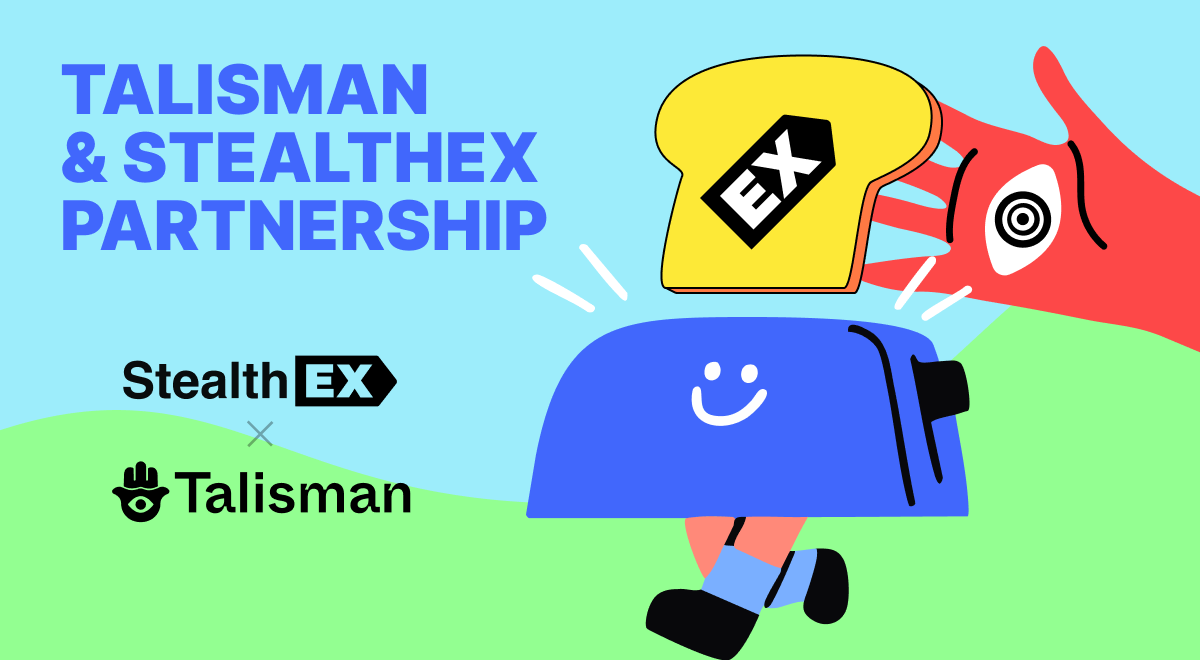Coin Launch Space is here to give you clear, accurate, and trustworthy information about crypto. Our team is made up of experts with real experience in crypto, finance, and new tech. Every article and page we publish is carefully reviewed by skilled editors to make sure it’s up to our high standards. We take pride in offering honest, easy-to-understand reviews based on real knowledge. Check out our editorial policy and see how we test and review crypto assets.
Cryptocurrency has evolved from a niche tech experiment into a global financial phenomenon. Whether you’re drawn to Bitcoin’s meteoric rise, Ethereum’s smart contract capabilities, or the buzz around newer altcoins, buying crypto is more accessible than ever. As of 2025, over 580 million people worldwide own some form of digital currency, according to estimates from Crypto.com, and that number keeps climbing. If you’re new to this space, figuring out where to start can feel overwhelming. Should you buy online through an exchange or meet someone in person? What’s the safest way to store your coins? This guide walks you through the process, blending the latest data with practical advice, so you can jump in with confidence.
Why Buy Cryptocurrency?
People buy crypto for all sorts of reasons. Some see it as a hedge against inflation—especially with Bitcoin’s capped supply of 21 million coins. Others are intrigued by its decentralized nature, free from banks or governments. And let’s be honest, the potential for profit is a big draw too. Bitcoin, for instance, hit a peak above $107,000 in late 2024, per CoinGecko, though its volatility means it’s not a guaranteed win. Whatever your motivation, understanding how to buy it is the first step.
Option 1: Buying Cryptocurrency Online
Buying crypto online is the most popular method, thanks to its convenience and variety. Here’s how it works, step by step.
Step 1: Choose a Platform
You’ll need a place to buy your crypto, and online platforms fall into two main categories: exchanges and brokers. Exchanges like Coinbase, Binance, and Kraken let you trade directly with other users, often at lower fees. Brokers, like the Crypto.com app, act as middlemen, offering a simpler experience at a slightly higher cost. For beginners, Coinbase is a solid pick—its interface is intuitive, and it supports over 200 cryptocurrencies as of 2025. Binance, meanwhile, dominates globally with a wider selection and lower fees, though its complexity might intimidate first-timers.
Before you commit, check the platform’s fees (usually 0.1% to 1.5% per trade), supported coins, and security features. Look for two-factor authentication and cold storage options—critical since hacks still plague the industry.
Step 2: Set Up an Account
Once you’ve picked a platform, sign up. You’ll need to provide your email, create a password, and verify your identity. This Know Your Customer (KYC) process, required by most regulated exchanges, might ask for your driver’s license or passport. It’s a hassle, but it’s there to curb fraud and money laundering. After verification—usually instant but sometimes a day or two—you’re ready to fund your account.
Step 3: Add Funds
Most platforms accept bank transfers, debit cards, or credit cards. Bank transfers are cheapest (often free or under $1), but they can take a few days. Cards are instant but pricier—Coinbase, for example, charges about 3.99% for credit card purchases. Some platforms, like Crypto.com, also support Apple Pay or Google Pay for quick top-ups. Pick what fits your budget and timeline.
Step 4: Buy Your Crypto
With funds in your account, head to the “Buy” section. Select your cryptocurrency—Bitcoin (BTC), Ethereum (ETH), or something else—then enter how much you want to spend. You can buy fractions of a coin; $50 gets you about 0.00047 BTC at current prices. Review the fees and hit confirm. The crypto lands in your platform wallet instantly in most cases.
Pros and Cons of Buying Online
Online buying is fast and offers tons of options, from major coins to obscure tokens. But fees can add up, and exchanges are prime targets for hackers. In 2024 alone, over $2 billion in crypto was stolen, per Chainalysis. That’s why storage matters—more on that later.
Option 2: Buying Cryptocurrency In Person
If you prefer a hands-on approach, buying in person is an option. It’s less common but has its own appeal, especially for privacy-focused folks.
Step 1: Find a Seller
Peer-to-peer (P2P) platforms like LocalBitcoins or Paxful connect you with sellers in your area. You browse listings, filter by payment method (cash, bank transfer, etc.), and message the seller to arrange a meetup. Alternatively, Bitcoin ATMs—over 40,000 worldwide in 2025, according to Coin ATM Radar—let you buy with cash or card at physical locations like gas stations or malls.
Step 2: Make the Transaction
For P2P, meet the seller in a public place (coffee shops are popular). Bring cash or use a mobile payment app as agreed. They’ll send the crypto to your wallet—have your wallet app’s QR code ready. For ATMs, insert cash, scan your wallet’s QR code, and confirm. Fees are steep—often 5% to 10%—but it’s instant.
Pros and Cons of Buying In Person
In-person buys can feel more tangible and sometimes dodge KYC rules, though ATMs often still require ID. The downside? Higher costs and safety risks. Meeting strangers carries a chance of scams or theft, so always prioritize public, well-lit spots.
Storing Your Cryptocurrency
Once you’ve bought crypto, decide where to keep it. Leaving it on an exchange is convenient for trading but risky—hacks happen. Moving it to a personal wallet gives you control. Hot wallets (online apps like Trust Wallet) are easy for small amounts, while cold wallets (offline devices like Ledger Nano X) are safer for big holdings. A 2025 survey by Statista found 63% of crypto users prefer hardware wallets for long-term storage.
Tips for Success
Start small—crypto’s volatility can sting. Diversify if you can; don’t bet everything on one coin. Research your picks—check market cap and community buzz on sites like CoinMarketCap. And keep security tight: use strong passwords and never share your private keys.
Final Thoughts
Buying cryptocurrency in 2025, whether online or in person, is straightforward once you know the ropes. Online platforms offer speed and variety, while in-person methods add a personal touch. Either way, stay informed and cautious—this market moves fast. Ready to dive in? Pick your method, set up your wallet, and take your first step into the crypto world.
Disclaimer: The content provided reflects the authors personal opinions and is influenced by current market conditions. Conduct thorough research before making any cryptocurrency investments. The author and the publication are not liable for any financial losses you may incur.























